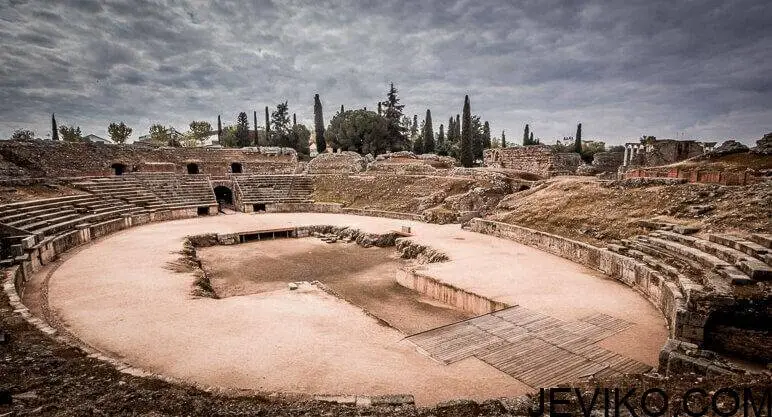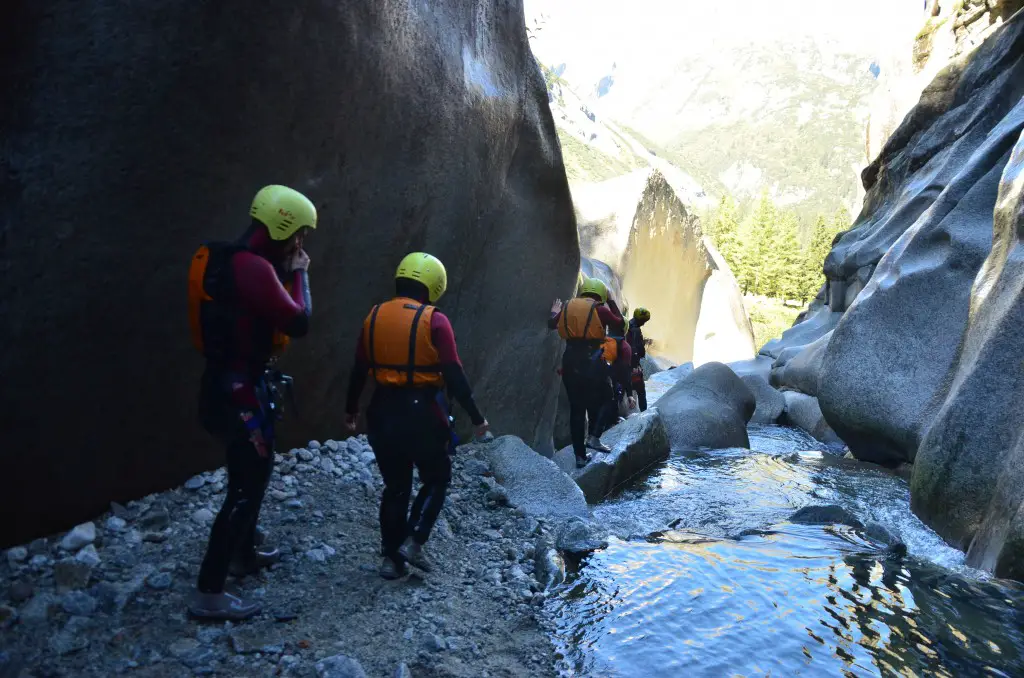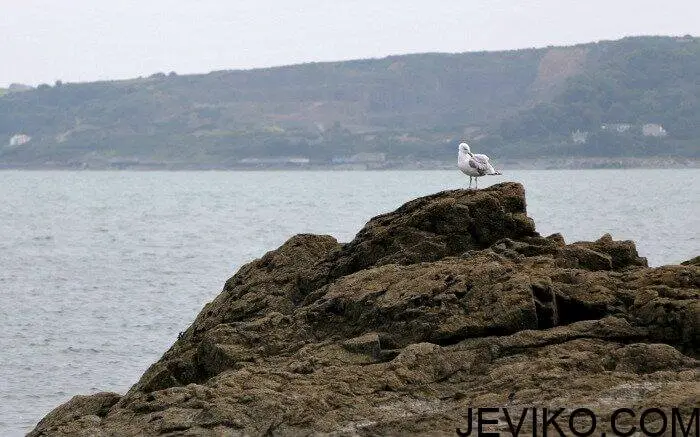
The ancient Romans had a variety of entertainment: plays, gladiatorial combat, chariot races, and even mock naval battles. Since nobles sponsored these events, entertainment was free to the public. You might think that dating back then was easier for men since they didn’t have to pay for anything. However, they couldn’t have been much fun since the Romans prohibited men and women to sit together. Women had to sit in the top rows among the slaves and foreigners. Seating was also divided by social class. Sex and violence were as popular then as it is now. The differences are that actors performed real live sexual acts during theatrical performances and gladiators killed each other in the arena. Actors also were not a respected social class; being treated on par with prostitutes. The typical Roman audience would talk throughout the play and threw food and garbage when the performances were bad. Most aspects of Roman entertainment have faded from history, but their astounding architectural entertainment venues remain behind as a testament to Rome’s greatness, especially in the city of Merida.
Overview of Merida
Located 174 miles (280 km) southwest of Madrid, Merida can be reached by train in 4 -5 hours from the capital. It was the capital of the Imperial Roman province of Lusitania under the name of “Emertia Augusta.” Emperor Augustus founded the city in 25 B.C. as a colony for retired veterans of the 5th and 10th legions. However, it was later, during the rules of the Spanish-born Emperors Trajan and Hadrian, that Emertia Augusta emerged as one of the most architecturally splendid of all the Roman colonies with many entertainment centers. Today, no other Spanish city can boast of more Roman monuments than Merida. In 1993, UNESCO declared the entire Roman Architectural Ensemble of Merida as a World Heritage Site. Of all the sites, Merida’s Roman Theater is the most impressive.
Roman Theater
As one of the best-preserved structures of the ancient world, Merida’s theater would be the highlight of our trip, which is why I wanted to save it for last. Unfortunately, the attendant at the ticket booth punched our entry tickets before handing them to us. Combo Ticket of Ancient Ruins in Merida SpainFor 12 Euros, the “Entrada conjunto” ticket offers entry to six different monuments in the town. The city sells the ticket at each of the sites and provides a map. We had no choice then but to enter the theater first, my husband nudged me through the gate. I sighed, thinking that everything else we would see afterward would be a letdown compared to the theater.
This theater was neglected and in ruin for thousands of years. After the Roman Empire adopted Christianity as its state religion, theater performances were banned for being immoral. Merida’s locals called their theater ruins “the Seven Chairs” since only the highest rows were visible. When excavations started in 1910, it soon became evident that an archeological treasure built in 15 B.C. lay hidden under ground.
No longer covered in dirt, I climbed up numerous rows to reach the top. I took in a view of the entire 6,000 capacity theater. It looked almost complete with semi-circular concrete benches and a stage with a two-story backdrop. Corinthian columns on the backdrop lined up perfectly to create an illusion of a Roman temple decorated with marble statues, although the original statues are now housed in Merida’s National Museum of Roman Art.
The stage looked like a scene in the Roman forum and inspired me to rush down and perform onit. I Two Story Roman backdrop theater in Spainshook my fist in the air and made several dramatic arm movements. (I would later find out that many of those movements would prove to be useful in communicating since I don’t speak Spanish). I stopped after people started staring at me. Although I have a talent to embarrass…uh I mean, entertain others, the real performances take place in the summer during the city’s Theater Festival. Every July and August the theater hosts a number of plays, concerts, and dance performances. It would be thrilling to see a show at a 2,000 year old Roman theater, don’t you think? Before gathering a larger audience, I sprang off stage and headed over to the amphitheater next door.
Roman Amphitheater
Built in 8 B.C., the Roman Amphitheater is not as well preserved, but it is much larger since gladiatorial fights were more popular. Only the bottom section still remains, but the stadium once held 15,000. Before their battles, gladiators waited among wild and dangerous animals under a wooden stage at the center of the arena where now lies an open pit. We strolled around the oval showground, careful not to fall into it.

This time it was Erwin’s turn for the dramatics. Throwing his hands wide up in the air, he roared out to an imaginary crowd:
Gladiator, starring Russell Crow, is one of his favorite movies, and he never can resist reenacting that famous scene at every Roman amphitheater we visit.
Gladiators
Along the corridors, signs provide explanations on Roman arena building techniques and gladiator combat.. Of all the gladiators, the most unusual was the retiarius, pronounced as “ree-shee-air-ee-uhs”. This warrior fought with only a weighted net, a trident spear, and a small dagger – no heavy armor or shield. He would try to ensnare his opponents with the net and use the trident to kill them. If his net missed, he was doomed to fight almost entirely defenseless. I have never considered a fisherman’s net dangerous. The Romans were certainly inventive weren’t they?
Thumbs Up or Thumbs Down?
Although the emperor or event organizers made the ultimate decisions, they let the crowds determine the fate of a disgraced gladiator. Spectators passed their judgment by shouting either, “live!” or “slay him!” They also used hand gestures to express these desires. While modern culture leads us to believe that a thumbs up was a signal to spare the man’s life, it most likely meant to kill him. The victorious gladiator would then violently and swiftly pierce a sword into the man’s heart and/or neck. A thumbs down was a gesture to let him live. The peace sign that we used today, extending two fingers in a closed fist, or a waved handkerchief was also a sign for mercy. Erwin and I also decided to act as if we were judging a gladiator’s fate. Can you guess who the more compassionate spectator was?
Circus Maximus
We finally left the theater and amphitheater after spending several hours there and searched for the Circus Maximus. It was included in our combo-ticket so I wanted to go mostly to get my money’s worth. There is not much to see there. The ticket attendant looked annoyed when we approached the entrance. Instead of punching our ticket, he wanted to extend his break to chain smoke outside. He motioned for us to enter into the building. However, he suddenly blocked us from walking into the Circus Maximus. Over and over, he mumbled something to me in Spanish while completely ignoring my husband.
He thought I could speak Spanish. This happened a lot while we traveled around Spain. Everyone had mistaken me as a little Mexican girl with my Gringo man, but I’m actually an Asian with a Gringo (or whatever term they use for white foreigners in Spain). I looked at the attendant apologetically and asked in horrible Spanish, “Tu hablas inglés?” He shook his head and looked absolutely appalled. I felt ashamed for not knowing Spanish.
Thus, I had to use my dramatic hand motions once again along with some interpreted dancing to convey the message that we wanted to see the Circus Maximus. And it worked. He smiled and pointed at the stairs, and we finally understood that he was telling us about the media presentation on the floor above. I said, “Gracias,” but he answered back, “Prego.” With all my hand gesticulations, I guessed he reasoned that I must have been Italian.
The presentation was all in Spanish so we understood nothing except that racing was also dangerous. The film showed a cartoon chariot rider carried off the tracks on a stretcher. Another set of stairs led to the rooftop where we got a view of the entire elongated U-shaped arena built in 20 BC. Only the lower stands circle the track today, and wild grass and weeds look like they are taking over.

The building is still enormous, over 1,300 ft. (400m) long and 328 ft. (100m) wide. During the Roman Empire, it had enough seats for the whole population of Emertia Augusta, about 30,000 people. Of all the forms of entertainment, the Circus Maximus was the only place that men and women could sit together. The social classes were still separated however. Christians also allowed chariot races to continue. Nowadays, it looks more like a big football field crossed with race car track. I found it to be the least impressive of Merida’s Roman sites, but it would be worth seeing it if they ever started chariot races again.
It is important to note the Merida has more ancient ruins than the three sites mentioned here. Everywhere we looked it seemed like we discovered more of Merida’s treasures, and they deserve a post of their own. Check out all the random places I found Roman remains in Merida, Spain. I think you will be surprised too. As for the ancient Roman entertainment venues, I give them two thumbs up…that is, the sign of praise that we use today.
Do you love Roman history as much as I do? Please share some of your favorite sites in the comment section below.







